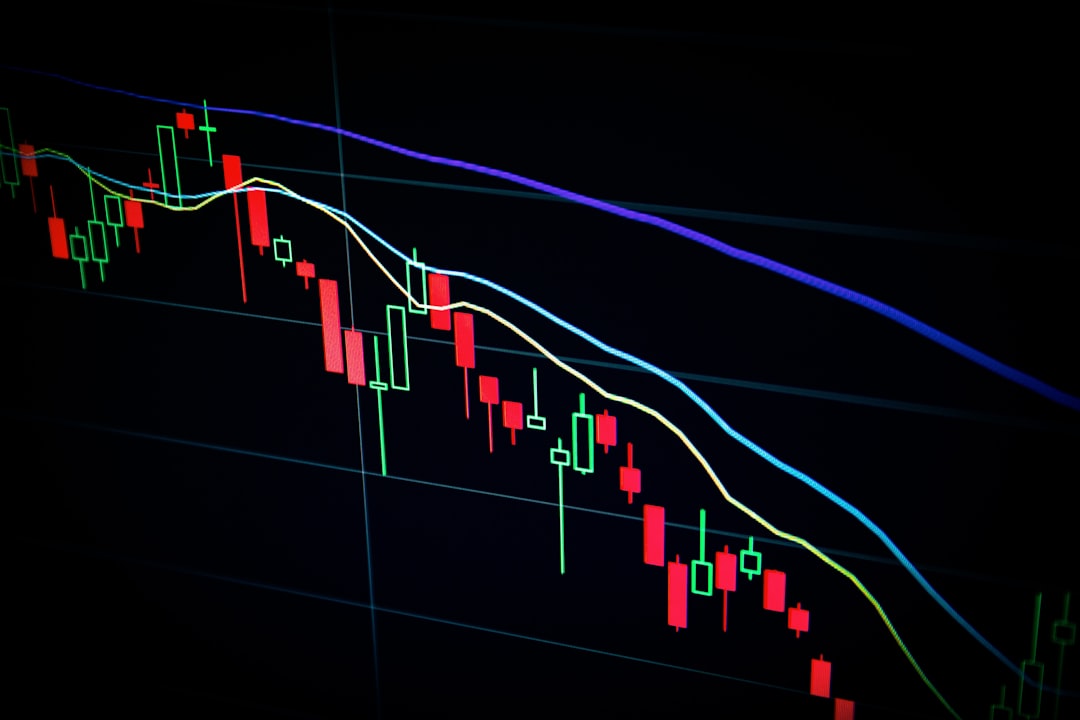
Asian currency markets opened the week on a cautious note, largely flat on Monday, as traders digested a barrage of new U.S. tariff threats from President Donald Trump and weighed stronger-than-expected GDP data from Singapore alongside a positive Chinese trade balance.
With risk appetite dampened by geopolitical uncertainty, the U.S. Dollar Index edged 0.1% higher in Asian trading, while Dollar Index Futures also gained 0.1%, reinforcing the greenback’s near-term resilience as a safe-haven anchor.
On Saturday, Trump announced a 30% tariff on most goods from the European Union and Mexico, effective August 1. This follows earlier tariff hikes on Japan, South Korea, Canada, Brazil, and an aggressive 50% tariff on copper imports.
In a significant move, the U.S. also hinted at future 10% tariffs targeting BRICS-aligned economies, further raising the stakes in an already volatile global trade environment.
EU extends pause on retaliatory tariffs until August.
BRICS-linked tariff threat introduces a new geopolitical variable.
Copper tariffs spark concern across commodity-exporting economies.
Trade-linked currencies are exhibiting lower volatility as uncertainty peaks.
Access real-time updates on commodities and metals market reactions through the Commodities API, which includes copper and precious metals performance amid tariff changes.
The reaction in Asian currencies remained subdued despite rising trade tensions.
USD/JPY (Japanese Yen): Flat
USD/KRW (South Korean Won): Flat
AUD/USD (Australian Dollar): -0.2%
USD/INR (Indian Rupee): +0.2%
USD/IDR (Indonesian Rupiah): +0.3%
USD/SGD (Singapore Dollar): Flat
USD/CNY and USD/CNH (Chinese Yuan): Flat
This tepid response reflects a wait-and-watch sentiment, as traders seek more clarity on the impact of U.S. tariffs on global inflation, consumer demand, and capital flows.
China’s trade data showed a stronger-than-expected June export surge, pushing its trade surplus higher than forecast, driven by mutual tariff cuts earlier this year.
While import growth remained soft, pointing to weak domestic demand, the resilience in exports gave the yuan temporary support and lifted sentiment around Chinese manufacturing.
This data could potentially influence the upcoming Q2 GDP print, which markets expect to surpass Beijing’s 5% growth target.
Analysts and macro desks rely on Economics Calendar API to monitor trade balance, GDP releases, and inflation data globally, enhancing reaction speed to macro shifts.
Singapore’s Q2 GDP outperformed forecasts, thanks to robust electronics and manufacturing exports, reaffirming its role as a bellwether economy in Asia.
However, policymakers warned of significant downside risks in H2 2025, with tariff unpredictability threatening export-dependent sectors.
Despite the upbeat headline, USD/SGD remained flat, a reflection of global market hesitancy and the need for more sustained macro clarity.
As currency markets enter a volatile second half of 2025, U.S. CPI data due Tuesday and the start of Q2 earnings season will dominate short-term sentiment. Additionally, traders are watching:
Whether Trump’s tariffs trigger retaliatory action or negotiated settlements.
If China and U.S. maintain cooperation on mutual tariff cuts, despite rising political tensions.
Whether safe-haven demand (e.g., for JPY or CHF) accelerates amid worsening trade rhetoric.
The muted reaction across Asian currencies isn’t complacency—it’s strategic hesitation. With tariffs evolving from threat to reality, central banks, corporates, and investors are preparing for second-order effects: inflation spikes, supply chain shifts, and potential monetary policy recalibrations.
In a climate like this, the currency markets are less about direction—and more about resilience.
Bookmark this space for in-depth macro and FX insights updated weekly.